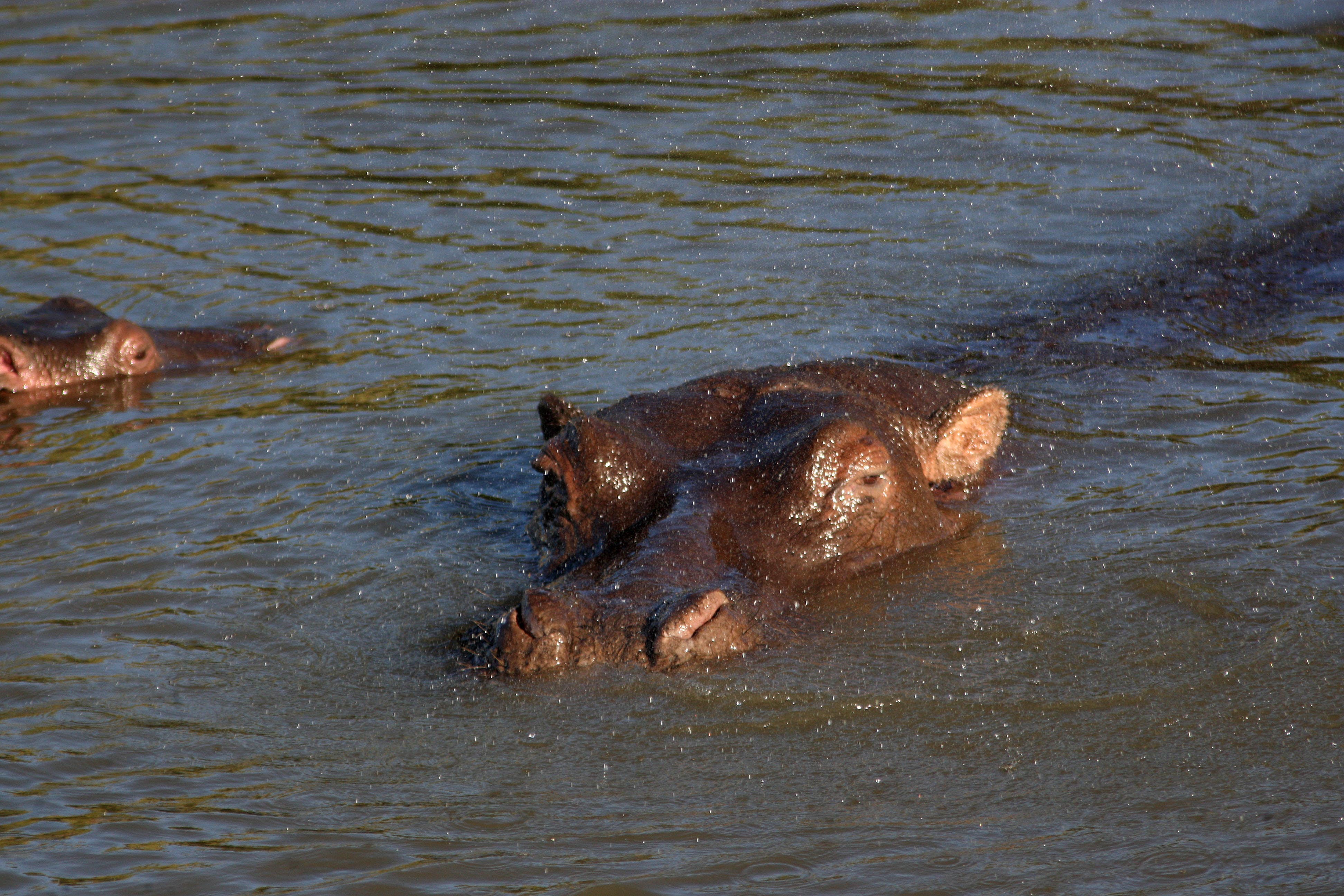Flying Hippos: UK researchers find giant animal can become airborne
Trotting hippos can push limits of what we thought land animals could do

Your support helps us to tell the story
From reproductive rights to climate change to Big Tech, The Independent is on the ground when the story is developing. Whether it's investigating the financials of Elon Musk's pro-Trump PAC or producing our latest documentary, 'The A Word', which shines a light on the American women fighting for reproductive rights, we know how important it is to parse out the facts from the messaging.
At such a critical moment in US history, we need reporters on the ground. Your donation allows us to keep sending journalists to speak to both sides of the story.
The Independent is trusted by Americans across the entire political spectrum. And unlike many other quality news outlets, we choose not to lock Americans out of our reporting and analysis with paywalls. We believe quality journalism should be available to everyone, paid for by those who can afford it.
Your support makes all the difference.Hippopotamuses are among the largest land animals and can often weigh more than 2,000 kilograms.
So it will come as a shock to many that they can become airborne.
They are most often pictured gliding through the water or lazing on a bank, but new research suggests the giant land creatures can become airborne for substantial periods of time.
When trotting fast, their feet leave the ground for up to 0.3 seconds at a time, a new study has found.
Research from the Royal Veterinary College (RVC) also suggests that unlike most large land animals, hippos almost exclusively trot, with the fastest ones taking to the air.
The findings suggest they are able to push the apparent limits of what giant land animals can do, even though they are amphibious.
Researchers say the findings will improve the understanding of how the size of large animals influences their movement on land.
Previous studies have suggested the animals often use a standard four-footed (quadrupedal) walk, with a footfall sequence of left hind, left fore, right hind, right fore – similar to elephants.
But other studies have claimed they trot with their diagonal feet in moving simultaneously.
Before now, researchers have not identified whether hippos become airborne when they move quickly, as is the case with other mammals, such as horses, but less common among larger animals.

John Hutchinson, Professor of evolutionary biomechanics and lead author of the study, said: “It’s hard to work with hippos as they tend to stick to the water and very seldom are trained to be studied in zoo collections.
“They’re also very dangerous. That’s part of the reason why science knew little about how hippos move before our research.
“We’re thrilled to provide the first study purely focused on revealing how hippos walk and run.
“We were pleasantly surprised to see how hippos get airborne when they move quickly – it’s really impressive.”
Prof Hutchinson and former RVC undergraduate student Emily Pringle collected video footage from Flamingo Land Resort in North Yorkshire, recording how two hippos moved in their paddock during the day.
They also sourced video footage from the internet of hippos moving, providing a broader range of behaviour and movements compared to those in captivity.
Analysing the data, they found that unusually for land animals, hippos almost exclusively trot – even when slowly walking or quickly running.
The study is published in the journal PeerJ.
Other land animals tend to have a wider range of gaits – for example, rhinoceroses can use a standard quadrupedal walk, trotting and galloping as they increase speed, much like a horse.
Elephants can only do typical walking (not trotting) and never leave the ground with all four feet, but can still run quickly.
The research will support the reconstruction of the evolutionary biomechanics of hippo lineages and help veterinarians diagnose or monitor hippos that have problems moving or are experiencing lameness.
Kieran Holliday, science and conservation officer at Flamingo Land Resort, said: “Understanding more about the species we work with will only help us to improve the care we can give them in the future, and the fact that this paper has uncovered possible new discoveries into hippo locomotion could have positive impacts to the wider zoo community in regards to husbandry and enclosure design.”